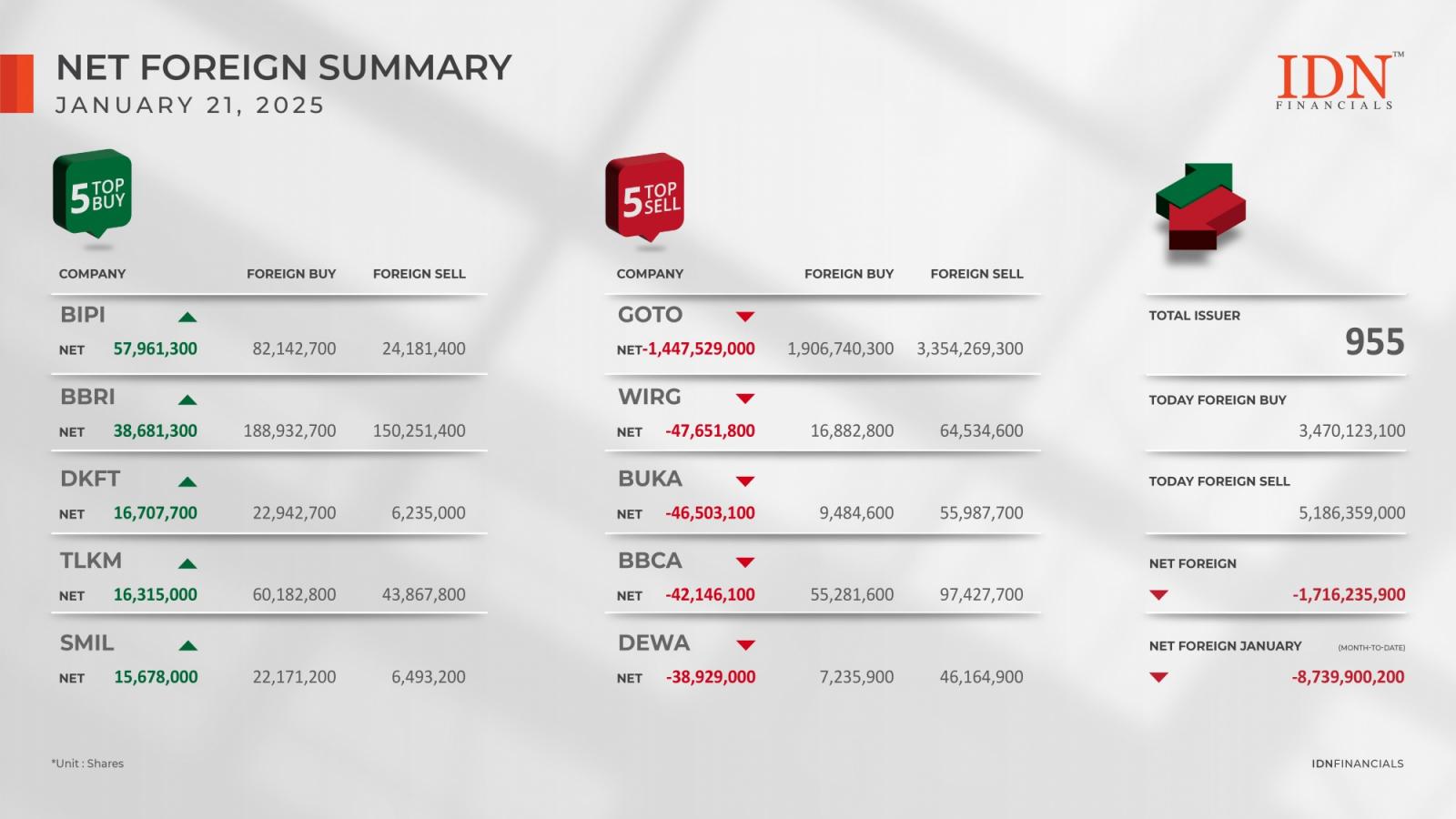U.S. listed spot Bitcoin exchange-traded funds (ETFs) have experienced significant outflows, with a total net outflow of $726 million since the Federal Open Market Committee (FOMC) meeting.
Spot Bitcoin ETFs have seen $146 million on June 17 alone, according to Sosovalue data.
On June 17, the total net outflow of Bitcoin spot ETFs was $146 million, with Fidelity FBTC outflowing $92 million and ARKB outflowing $50 million. There have been net outflows in 5 of the past six days. https://t.co/npjWVH3bMi
— Wu Blockchain (@WuBlockchain) June 18, 2024
Leading this trend were Fidelity’s Bitcoin ETF (FBTC), often seen as a major player in the ETF market, experienced $92 million in outflows. ARK Invest’s ARK Next Generation Internet ETF (ARKB), saw $50 million in outflows. This marks a continuation of a broader trend, with net outflows recorded in te last five of the past six days.
FOMC Meeting Impact and Context
This recent wave of outflows comes in the wake of the latest FOMC meeting, signaling investor reactions to broader economic signals and monetary policy adjustments.
FOMC meeting on June 11 outcome saw the federal funds rate unchanged at the range of 5.25% to 5.50%. This decision aligns with the Fed’s ongoing strategy to combat inflation, which, while showing signs of improvement, remains above the target level of 2%. Latest spot bitcoin etf outflows suggest a growing caution among investors, potentially spurred by the central bank’s stance on interest rates.
The outflows could also indicate that institutional investors, who largely favor BlackRock and Fidelity’s ETF products, are re-evaluating their risk exposure in the current market climate.
Why Investor Sentiment Changes
The substantial outflows from spot Bitcoin ETFs could be attributed to a combination of factors such as monetary policy uncertainty and profit taking.
The FOMC’s recent decisions and statements have injected a level of uncertainty into the markets. With hints of future interest rate hikes and ongoing concerns about inflation, investors may be opting to de-risk their portfolios.
The consistent outflows over the past six days suggest a shift in investor sentiment and strategy, possibly towards safer assets or cash holdings amid economic uncertainties. Sudden moves and outflows are not uncommon in the volatile crypto market and could reverse just as swiftly if market conditions stabilize or improve.
As the market continues to digest the implications of the FOMC meeting and other economic indicators, crypto market could see continued volatility.
“Last week, we broke a streak of 20 consecutive days of inflows and we have now had consecutive outflows for the past three trading days with over $550 million in outflows last week and $146 million in outflows on the first day of the current trading week,” said Jag Kooner, Head of Derivatives at Bitfinex.
Kooner attributed the outflows to a couple of reasons, explaining that ETF investors are lacking conviction and selling below their cost basis.
“This is a pattern among ETF investors, where they seem to magnify market moves, as we saw a similar dynamic when there were net inflows in late April of over $1 billion when BTC range highs were above $70,000, followed by significant outflows when range lows approached $60,000,” said Kooner.
Another reason given for the outflows is the unwinding of the basis arbitrage trade in response to forced deleveraging.
“We’ve had significant outflows as CME futures open interest for BTC has declined by $1.2 billion in the past 10 days. This could mean that as funding rates have gone negative amidst this price decline, ETF inflows that were part of the basis trade have unwound,” said Kooner.
Shorting Perpetual Future Trades
According to a source, traders are also buying the ETFs and shorting the perpetual futures and benefitting from the price appreciation as Bitcoin rose earning funding from the short position.
“Now funding is going negative for shorts that trade is being unwound and traders are selling the ETF position and closing their short – hence the drop in BTC open interest on the CME,” said a source, who wished to remain anonymous.





